Graphic design: Unche Studio
The Bride Has Gone to Pick Flowers
Levon Kafafian, Fatemeh Kazemi, Levani
Curated by: Lila Nazemian
Mentored by: Martha Joseph
Exhibition Dates: January 30 – May 10, 2025
NADA New York 2025
May 7–11, 2025
Mirror of Fate: A Closing Celebration with Levon Kafafian
Saturday, May 10th, 8 pm–12 am
measuring the sounds of our resistance: A Screening + Listening session with Levani
Saturday, April 12th, 3–6 pm
Hearts of Sugar, Fingers Dipped in Honey: A Performative Dinner with Fatemeh Kazemi
Wednesday, February 26th, 7–10 pm
The Bride Has Gone to Pick Flowers is a group exhibition curated by Lila Nazemian that presents works by Levon Kafafian, Fatemeh Kazemi, and Levani. The artists in the show utilize installation, sculpture, assemblage, textile, sound, and performance to reflect on the significance of marriage rituals from the Caucasus. Together, they create new worlds that reimagine these traditions through a speculative and queer lens.
The title of the exhibition makes reference to a Persian phrase common in Iranian wedding ceremonies: "عروس رفته گل بچینه", spoken as part of a playful consent ritual at the altar. When the bride demurs at the first or second offer of marriage, guests chime in with various lighthearted reasons for why she cannot respond, before the inevitable "yes" arrives.
Within the exhibition, the eponymous bride becomes a metaphor for the fluid and evolving nature of identity, a character shaped by the dynamic exchange of ideas and the porosity of cultural boundaries. Each artist employs alter egos as a vehicle for exploring and reinterpreting inherited practices. By embodying ancient deities and iconic literary figures, Kafafian, Kazemi, and Levani question societal norms, reposition archetypal constructs, and expand upon established customs, creating spaces that are inclusive and affirming of queer identities.
Levon Kafafian’s installation Mirror of Fate is inspired by the Armenian spring holiday hampartsum—a celebration of love and new beginnings. It is centered around the serpentine spirit Anarad, a central figure in their ongoing world-building project, Azadistan. Making reference to the practice of vijagakhagh (fortune telling), Kafafian creates an altar enveloped within suspended panels of hand-dyed silk dedicated to divination and the search for love. Among the objects handmade by the artist within the altar are a book, a leather artifact and rug, and Pools of Liquid Time crafted from satin, beadwork, and cured resin that evoke the flow of time, Anarad’s domain of influence and magic. The work is accompanied by a soundscape by electronic musician and sound artist Lara Sarkissian informed by the resonant echoes of Armenian churches and the mountainous landscapes of the Caucasus.
Fatemeh Kazemi’s Yalan Dünya draws inspiration from a ritual led by married women of rubbing sugar cubes above the heads of newlyweds. In Saqi, a partition screen is covered in wallpaper that reproduces drawings of a female figure and archival photos of lovers embracing. These works explore the parallels between celebration and mourning, joy and grief. Kazemi channels her alter ego, the saqi (cupbearer), a seminal character in Persian literature who serves as a conduit for collective memory. In Dünya Mest Olmuş, wall moulding doubles as a concrete poem written from the perspective of the saqi about the process of fermenting grapes to be distilled into libations. The saqi embodies both earthly and spiritual realms and is represented as both male and female, manifesting a fluidity aligned with Kazemi's explorations of queerness and cultural identity.
Levani delves into ancient Georgian beliefs and Sumerian mythology in the installation the altar, which marries the elemental forces of fire, water, earth, and air. Projected footage of the sun—a primary source of light, life, energy, and knowledge—is flanked by v. the hierophant i. + ii., two horned, androgynous totems that embody the duality of light and dark, masculine and feminine. Positioned amidst them is a water-filled stone basin hand carved by sculptor Papuna Dabrundashvili. Sounds of protesters in Tbilisi, recorded by artist Marika Kochiashvili, create perceptible vibrations. Across from the installation is ii. the priestexx [bride], which has dual presence as a warrior, and includes hand-hammered copper adornments by designer Godera. These works echo struggles for justice throughout time and highlight the relationship between present-day and ancestral cultural practices.
The Bride Has Gone to Pick Flowers transforms the gallery into a sanctuary imbued with the tranquility of sacred gathering sites. Viewers—who enter with their own personal histories, heritages, identities, and beliefs—are invited to take a moment of reprieve to contemplate their place within the world, and to consider how ancient traditions and contemporary realities intertwine to shape our individual and collective understandings of love, identity, and community.
About the Artists
Levon Kafafian is a weaver who works the narrative threads of costume, artifact, ritual, and installation into stories about possible worlds and potential futures. Treating woven cloth as portals into these other worlds, Kafafian generates texts infused with future ancestral practice, hybridity, and magic. Their current work channels the world of Azadistan out of the Armenian diasporic imaginary toward the forthcoming graphic novel Portal Fire.
Based in Detroit, Kafafian holds a BFA in Fiber from the College for Creative Studies and a BA in Anthropology from Wayne State University (2014). They co-led a seven-week public educational weaving program in partnership with Trapholt Museum for Moderne Kunst, Denmark (2022), and they regularly lecture and teach workshops across the U.S. Kafafian has exhibited their work at notable institutions such as the Museum of Contemporary Art Detroit, the Stamps Gallery at the University of Michigan, and the Arab American National Museum. They are the recipient of numerous grants, including the Alex and Marie Manoogian Museum Grant (2021), Creative Armenia Spark Grant (2021), the Red Bull Arts Microgrant (2020), the Rauschenberg Foundation SEED Grant (2016) and the Knight Art Challenge Award (2016). They have participated in residencies at the International Studio and Curatorial Program (2023) and the Arab American National Museum (2019).
Fatemeh Kazemi فاطمه کاظمی (she/they, b. 1992, Tehran)—also known as Afimoh—is an interdisciplinary artist and researcher whose practice spans material fabrication, fiction writing, archiving, filming, curating, organizing, and hosting. Her work engages with themes of communal grief or غم (/gham/), underground economies, kitsch Iranian visual culture, ritual, and subculture. Developed through conversation and community-oriented collaborations, her approach is deeply rooted in collective experiences.
Kazemi earned a BFA in Painting from the University of Tehran (2014) and an MFA in Studio Art from Syracuse University (2024). Her work moves fluidly across worlds, blending installation, lens-based media, and the poetic flow of creative writing. She has exhibited at Parallel Circuit Space (Tehran), SUB Community (Çanakkale), Ruschman Gallery (Chicago), Navel LA (Los Angeles), Smack Mellon (New York), and Bayt Al Mamzar (Dubai). Her experimental films have been screened at the London Short Film Festival, CulturalHub (New York), LUX Book Fair (London), Dresden Film Festival, Everson Museum of Art (Syracuse), and Foundry By Emaar (Dubai), among other venues.
Levani (Levan Mindiashvili, b. Tbilisi, Georgia) is a transdisciplinary artist who works at the interstices of art, contemporary science, ecology, and spirituality. Ze hold an MFA from IUNA Buenos Aires National University and BFA from Tbilisi State Academy of Arts. Levani has had solo exhibitions at Cuchifritos Gallery + Project Space; Artists Alliance Inc.; Marisa Newman Projects; the National Museum of Georgia; NARS Foundation, and the Silk Museum, Tbilisi, among others. Zir work has been included in group exhibitions at The Bronx Museum of the Arts; Socrates Sculpture Park; Kunsthalle Tbilisi; the National Museum of China; Elizabeth Foundation for Arts; BRIC Biennial; the Tartu Art Museum, and more.
Levani is a recipient of residencies, awards, and grants that include: the LES Studio Program at Artists Alliance Inc.; the Annual Fellowship at Socrates Sculpture Park; the Peter S Reed Foundation Grant; the NYFA Immigrant Artist Mentoring Program; the Creative Time X Summit Grant; the AIM Fellowship at the Bronx Museum of the Arts; the NARS Foundation Studio Residency; and an award from the National Endowments for the Arts. Levani’s work has been featured in Frieze, Art in America, The Brooklyn Rail, BOMB, ArtAsia Pacific, Art Papers, Hyperallergic, The Art Newspaper, and more.
About the Curator
Lila Nazemian (she/her) is an independent curator and serves as Programs Director at ArteEast in New York. In 2022, she joined the Brooklyn-based Transmitter gallery as a co-director. Her research and curatorial practice are focused on reimagining approaches to histories from the Middle East, Southwest Asia / North Africa (SWANA), and Central Asia regions in an effort to counter narrative revisionism and collective amnesia. Recent curatorial projects include: Conjuring Flames at Arsenal Contemporary, New York (2023); Now That We Have Established A Common Ground as part of Protocinema’s Emerging Curator Series, (2022); A Few In Many Places with Protocinema on Governors Island, New York (2021); I open my eyes and see myself under a tree laden with fruit that I cannot name at Center for Book Arts, New York (2020); On Echoes of Invisible Hearts: Image Making and Popular Archiving in Times of Unrest at Station Beirut (2019); On Echoes of Invisible Hearts: Narratives of Yemeni Displacement at Poetry Project, Berlin (2018); and Spheres of Influence at Mohsen Gallery, Tehran (2016). In 2017, she was the U.S. Projects Director at CULTURUNNERS, where, on behalf of the King Abdulaziz Center for World Culture (Ithra), she managed an artist residency in New York and supported various American museums in producing exhibitions of Saudi art. Prior to this, she was a Curatorial Associate at Leila Heller Gallery in New York.
Nazemian teaches part-time at NYU Steinhardt’s Department of Art and Art Professions. She received a B.A. in History from Scripps College and an M.A. in Near Eastern Studies from NYU. She has been a QAYYEM Curatorial Fellow (2019), an inaugural participant of the Interdisciplinary Art and Theory Program in New York (2018-2019), and a participant of the Independent Curators International Curatorial Intensive in Bangkok, Thailand (2018).
About the Mentor
Martha Joseph is a curator and writer specializing in contemporary art, sound, and performance. At the Museum of Modern Art, she is part of the curatorial team for The Marie-Josée and Henry Kravis Studio, MoMA's space for performance and time-based art. She has organized exhibitions, commissions, and performances with artists that include Sable Elyse Smith, Dineo Seshee Bopape, Yve Laris Cohen, Basel Abbas and Ruanne Abou-Rahme, Guadalupe Maravilla, and David Tudor and Composers Inside Electronics Inc. With Ana Janevski and Thomas (T.) Jean Lax, she co-organized Judson Dance Theater: The Work Is Never Done in 2018. Joseph’s writing has appeared in publications by the Whitney Museum of American Art, the Bonner Kunstverein, and MoMA as well as Flash Art and Frieze Magazine. Before joining MoMA, she held curatorial positions at The Whitney and The Massachusetts Museum of Contemporary Art (MASS MoCA). She received a Masters degree in the History of Art from Williams College; a Bachelor of Arts in Art History from Oberlin College; and a Bachelor of Music in Vocal Performance from Oberlin Conservatory.
Exhibition Materials
Press Release
Click here to download a PDF version of the exhibition press release. For more info or press materials, email press@cueartfoundation.org.
Catalogue
The Bride Has Gone to Pick Flowers is accompanied by a color catalogue with texts by exhibition curator Lila Nazemian; artists Levon Kafafian, Fatemeh Kazemi, and Levani; mentor Martha Joseph; and writer Tsovinar Kuiumchian (mentored by Kim Córdova). The catalogue is available to read online, and a print version is available free of charge to gallery visitors.
Tsovinar Kuiumchian’s catalogue essay, “Rewriting the Vow: Queer Visions of Marriage Rituals from the Caucasus,” is available to read online.
Press Coverage
Osman Can Yerebakan, “In Search of the Bygone: Group Show at CUE Art Foundation,” Canvas, April 24, 2025.
Installation Photos
Artwork Photos
Public Program Photos
Opening Reception Photos
Preview and Recent Work Images
Exhibition Credits
The Bride Has Gone to Pick Flowers, curated by Lila Nazemian with mentorship from Martha Joseph. Works by Levon Kafafian, Fatemeh Kazemi, and Levani. Graphic design by Unche Studio. Presented by CUE Art, 2025.
Works in the exhibition include collaborations with electronic musician and sound artist Lara Sarkissian (with Levon Kafafian); artist Jalal Ghias Beygi (with Fatemeh Kazemi); and sculptor Papuna Dabrundashvili, artist Marika Kochiashvili, and designer Godera (with Levani).
The graphic identity for the exhibition is typeset in Crozet-te by Thäis Cuny and Adelphe by Eugénie Bidaut, courtesy of Bye Bye Binary.
The Bride Has Gone to Pick Flowers was organized as part of CUE’s annual open call for curatorial projects. Lila Nazemian was awarded the opportunity to present a group show at our gallery space. For more information about the open call program, see here.
Support
Wine for the opening reception is supported by a donation from Chama Mama.
The Bride Has Gone to Pick Flowers is supported by in-kind donations from Ikohe, Inc. and Echo Neon.
Programmatic support for CUE Art is provided by Evercore, Inc; ING Group; The Milton and Sally Avery Arts Foundation; The William Talbott Hillman Foundation; and Corina Larkin & Nigel Dawn. Programs are also supported, in part, by public funds from the New York City Department of Cultural Affairs, in partnership with the City Council; the New York State Council on the Arts with the support of Governor Kathy Hochul and the New York State Legislature; and the National Endowment for the Arts.
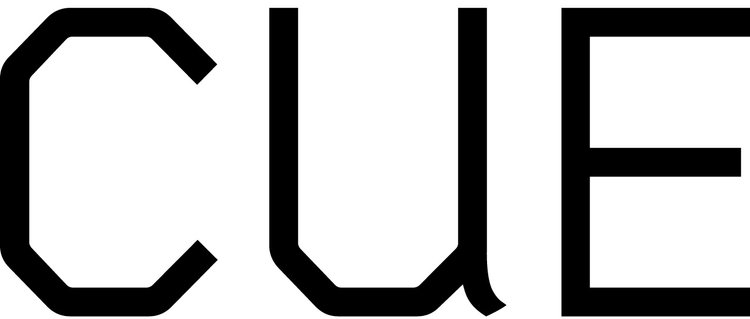



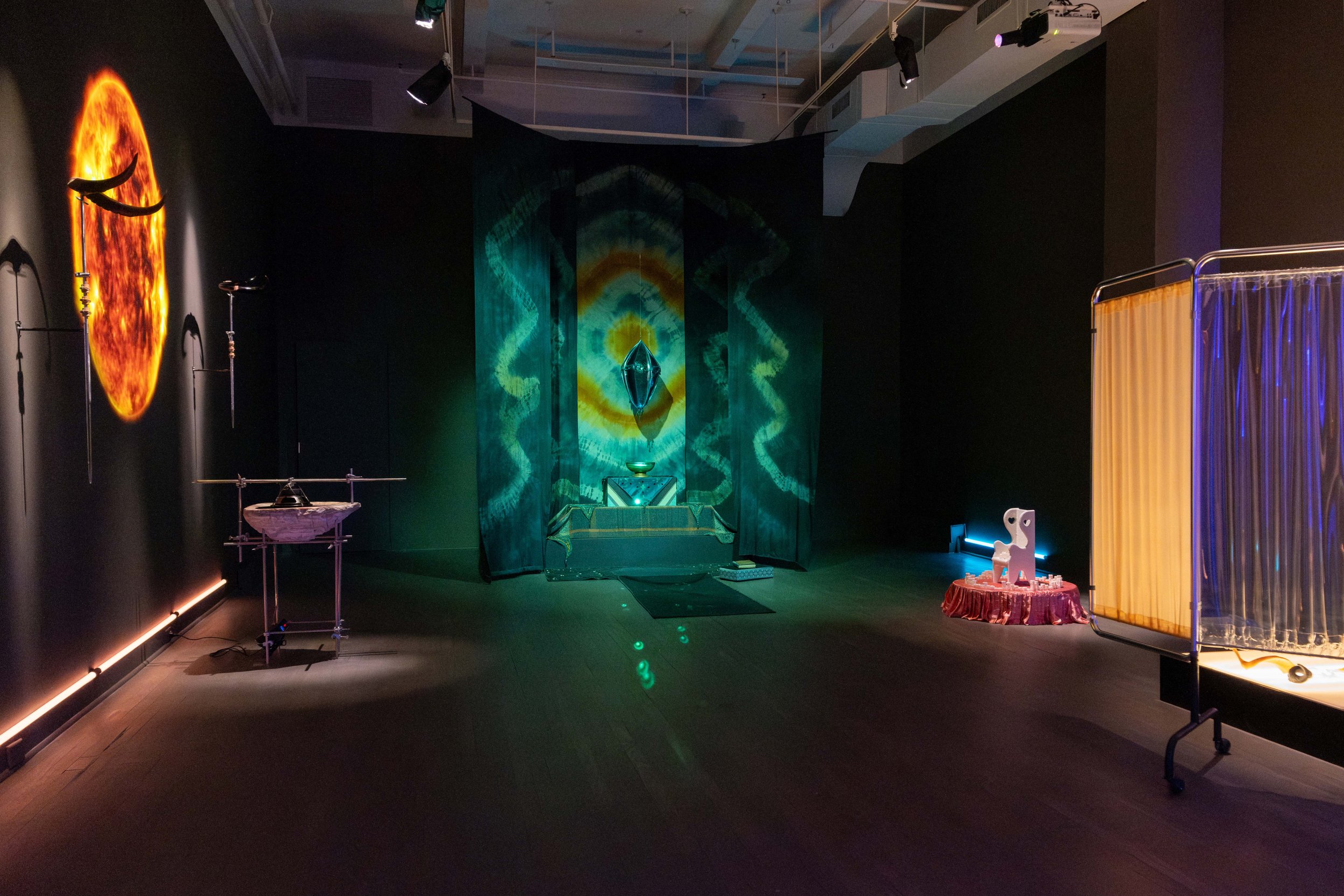

































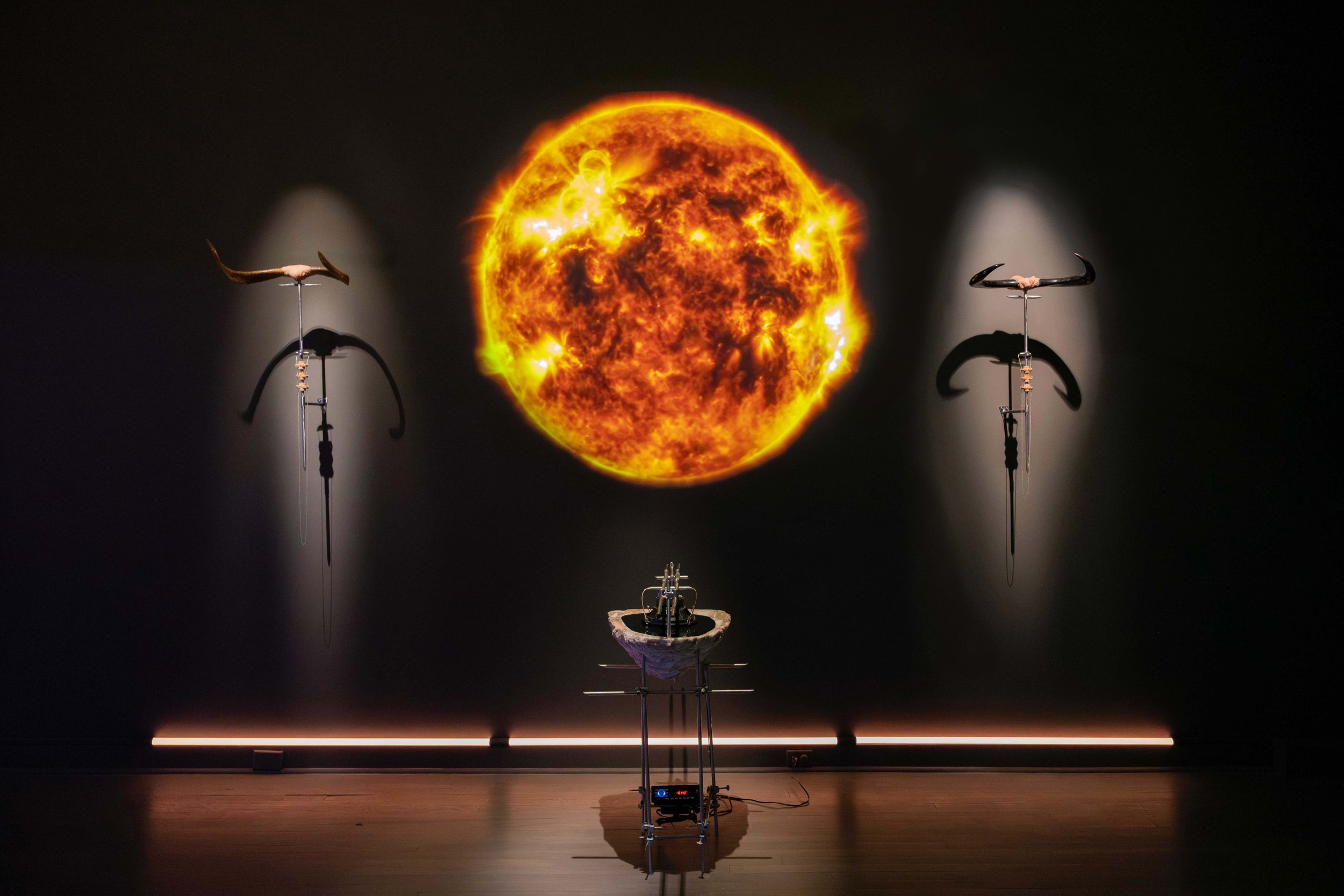





![Levani, ii. the priestexx [bride] , 2025. Hand-hammered copper underwear by Godera, 3D printed “fungus” earrings by Godera, gazelle horn, 3D printed horn, cast silicone, brass replica of ancient Georgian pin, chain, polished stainless steel, limest](https://images.squarespace-cdn.com/content/v1/51f13e79e4b0799d35dfa1a8/1739684340982-A8XE0VA5VPAMJG6BWUZU/07_Crop+Color+Skew_TBHGPF_Installation-2MB-Leo_Ng-20.jpg)
![Levani, Detail of ii. the priestexx [bride] , 2025. Hand-hammered copper underwear by Godera, 3D printed “fungus” earrings by Godera, gazelle horn, 3D printed horn, cast silicone, brass replica of ancient Georgian pin, chain, polished stainless ste](https://images.squarespace-cdn.com/content/v1/51f13e79e4b0799d35dfa1a8/1739684343318-RUD3ZSOYBDGP4EVQAWHR/08_TBHGPF_Installation-2MB-Leo_Ng-338.jpg)
![Levani, Detail of ii. the priestexx [bride] , 2025. Photo by Leo Ng.](https://images.squarespace-cdn.com/content/v1/51f13e79e4b0799d35dfa1a8/1739684346669-PVXCR82GJ10R2QWAPBWC/09_TBHGPF_Installation-2MB-Leo_Ng-15.jpg)
![Levani, Detail of ii. the priestexx [bride] , 2025. Photo by Leo Ng.](https://images.squarespace-cdn.com/content/v1/51f13e79e4b0799d35dfa1a8/1739684352098-0T2M2SL94D4AC3LUCNX1/10_Color_TBHGPF_Installation-Full_Size-Leo_Ng-384.jpg)
![Levani, Detail of ii. the priestexx [bride] , 2025. Photo by Leo Ng.](https://images.squarespace-cdn.com/content/v1/51f13e79e4b0799d35dfa1a8/1739684352546-XUKJQ0ACO0Y0A89UU8F3/11_TBHGPF_Installation-2MB-Leo_Ng-3.jpg)
![Levani, ii. the priestexx [bride] , 2025. Hand-hammered copper underwear by Godera, 3D printed “fungus” earrings by Godera, gazelle horn, 3D printed horn, cast silicone, brass replica of ancient Georgian pin, chain, polished stainless steel, limest](https://images.squarespace-cdn.com/content/v1/51f13e79e4b0799d35dfa1a8/1739684356511-QV0IJ5W3IE2TP8Z70UNS/12_Color+Straighten+Warp+%2B+Crop_Installation-Full_Size-Leo_Ng-469.jpg)









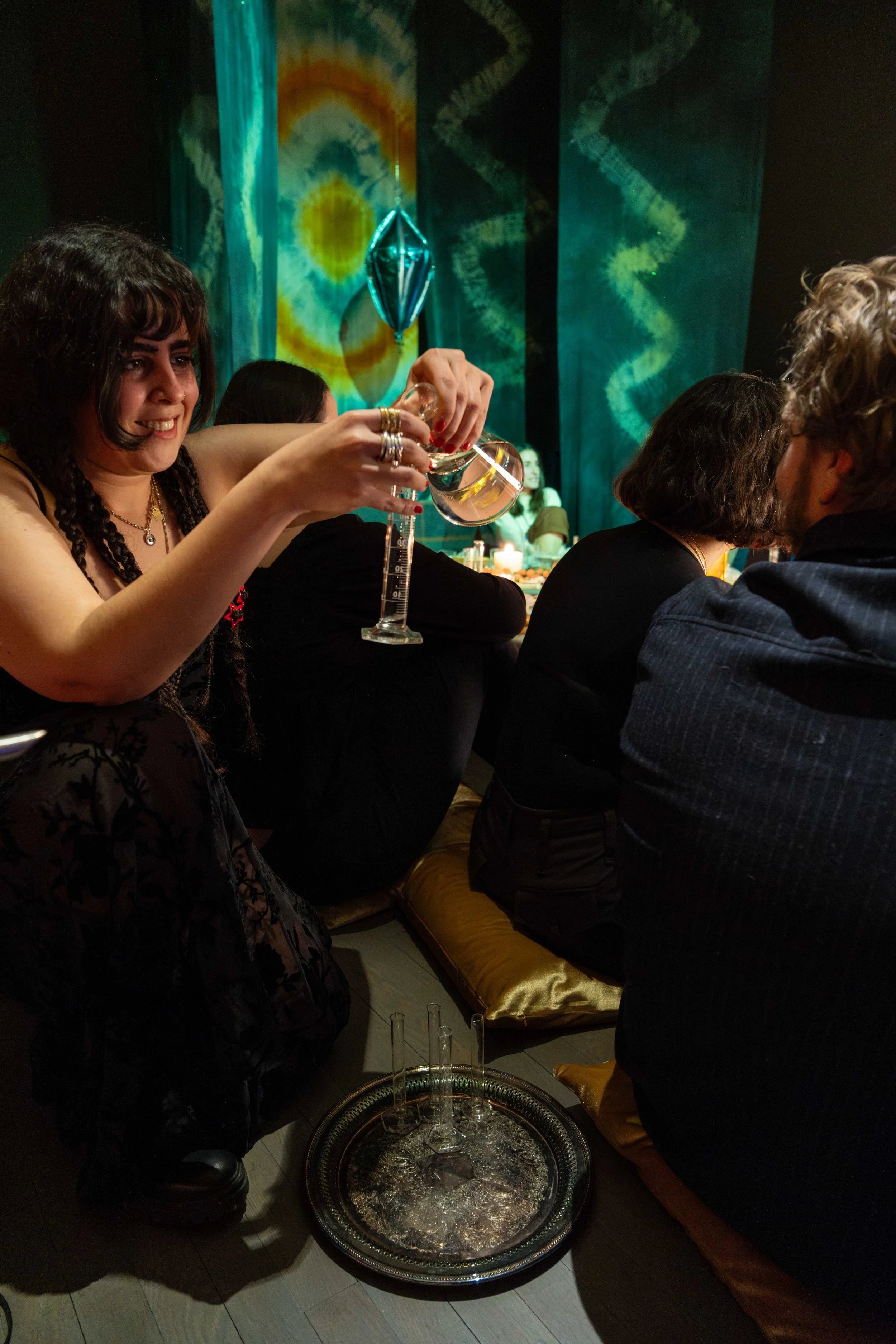
















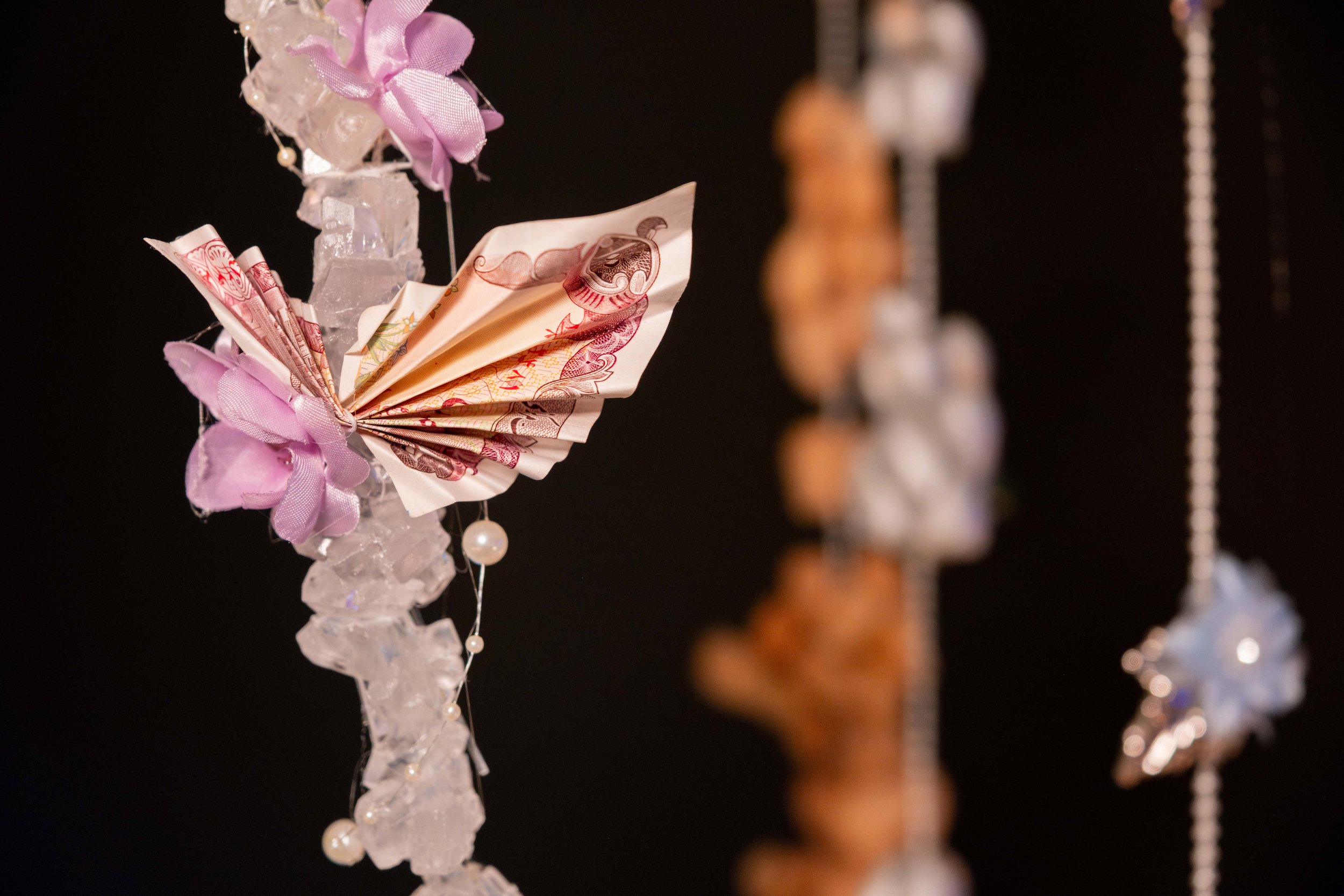


















































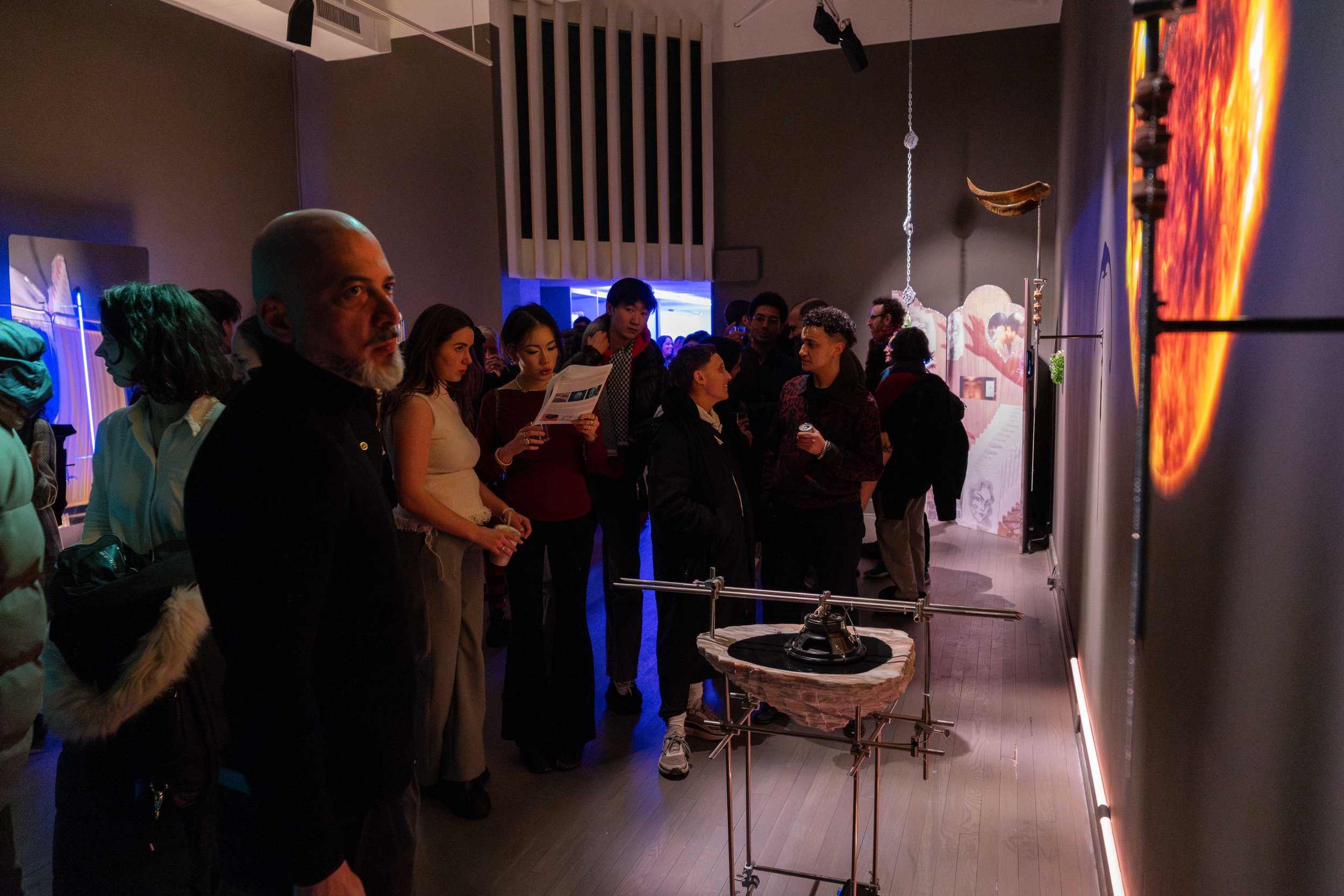

































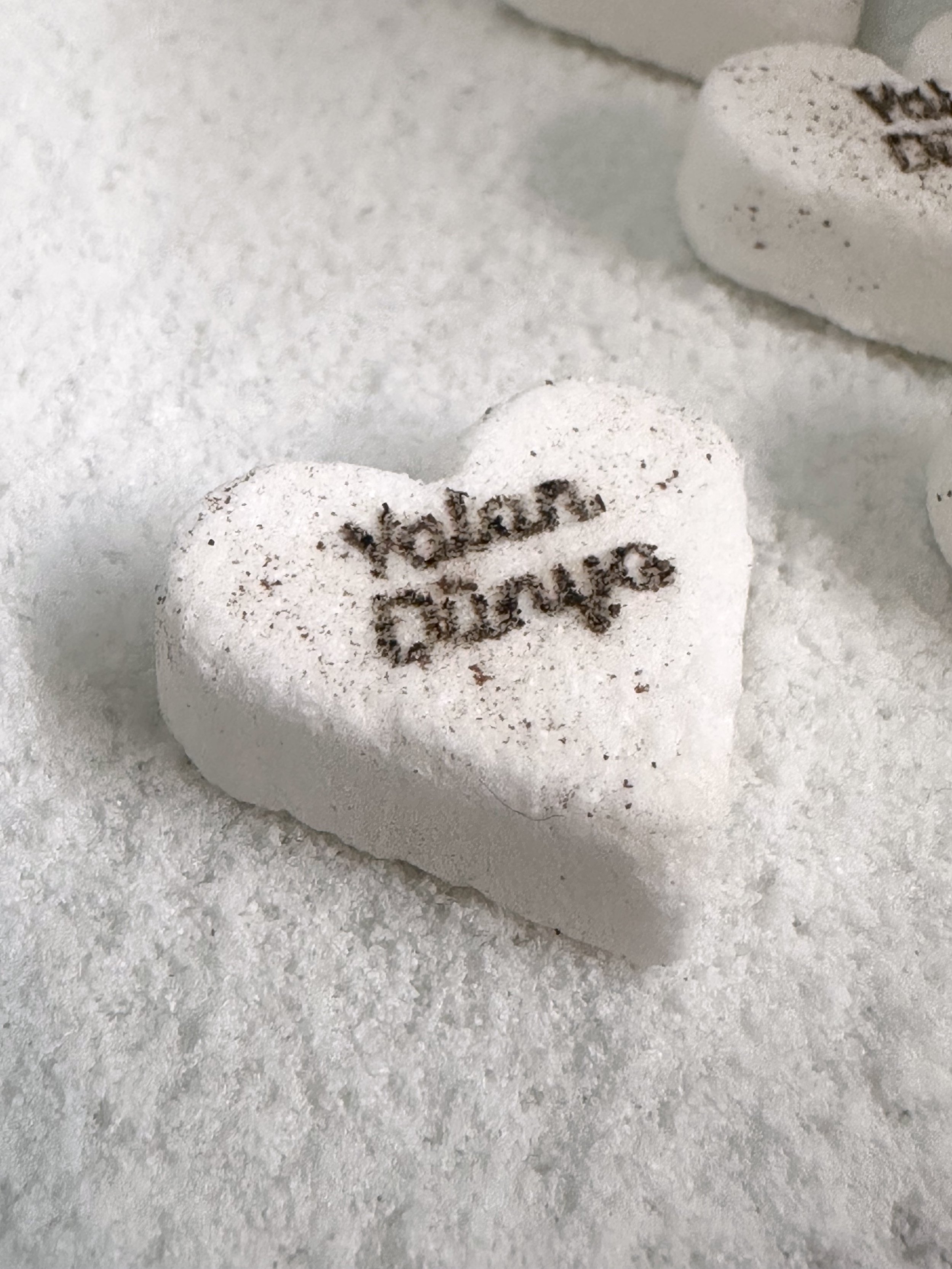


![Levani, Detail of ii. the priestexx [bride] , 2025. Artist’s engraving on hand-hammered copper underwear (made by Godera), polished stainless steel, latex, neon, kinesiology tape, stone, mirrored glass, laboratory hardware, plexiglass, plywood, LED](https://images.squarespace-cdn.com/content/v1/51f13e79e4b0799d35dfa1a8/1736817279429-21RYRC4P4FQ77UL1Q3LS/2_Crop_01_Levani+x+Godera_+ii.+the+priestexx.jpg)
